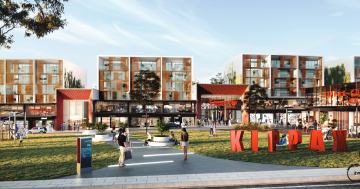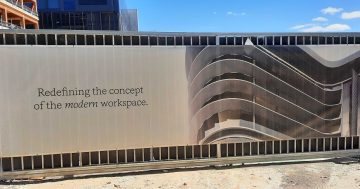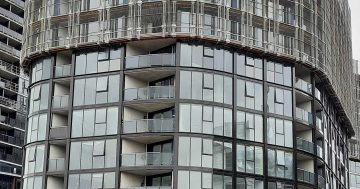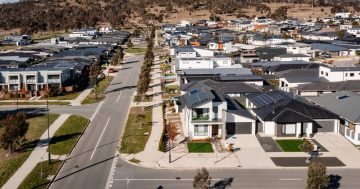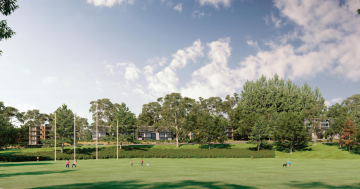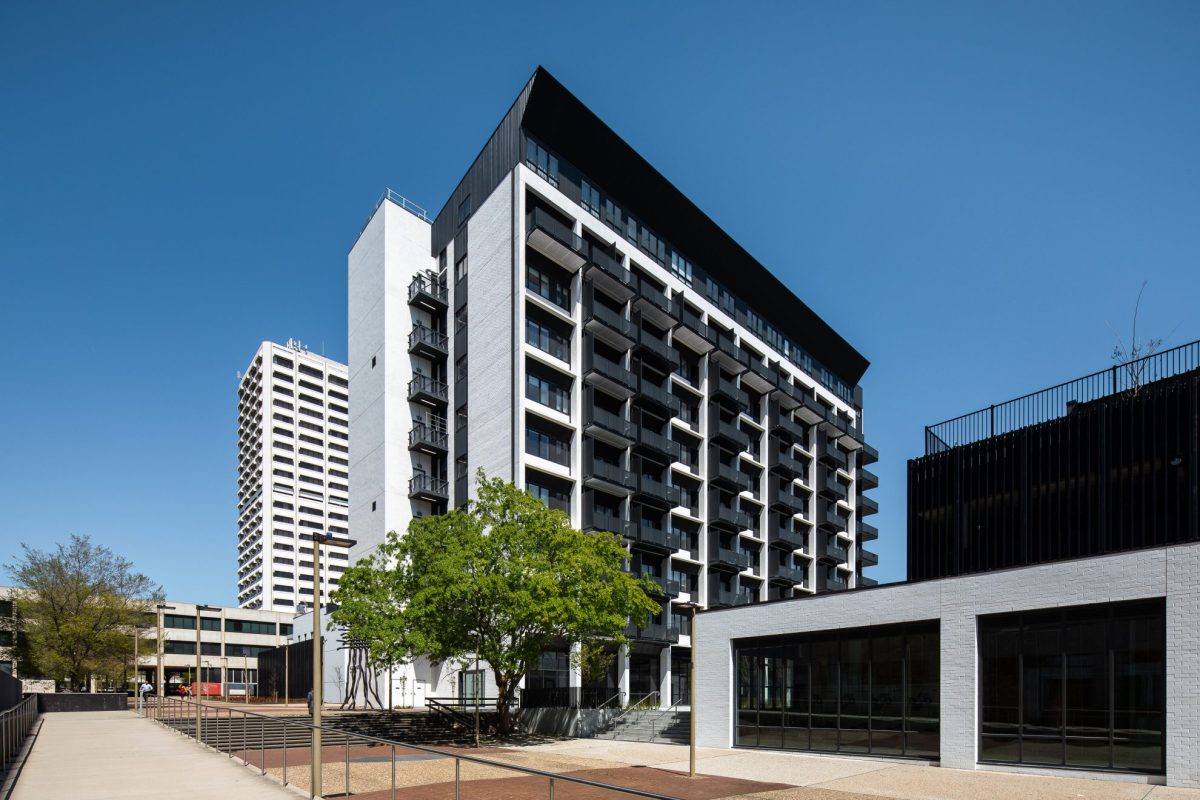
Alexander & Albemarle, formerly Commonwealth Government office accommodation, is one example of adaptive reuse in Canberra. Photo: COX Architecture.
The ACT should consider repurposing commercial buildings as residential property rather than demolishing them, the Property Council’s ACT executive director says.
Shane Martin said adaptive reuse – the process of updating or adapting an existing building for a new purpose – is a “great opportunity that’s just around the corner” both in terms of meeting housing demand and sustainability goals.
The ACT Government has already identified adaptive reuse in its Circular Economy Strategy and Action Plan to guide the Territory’s policies through to 2030.
Minister for Water, Energy and Emissions Reduction Shane Rattenbury said repurposing existing buildings is one of several solutions the ACT should consider in increasing housing supply.
“We obviously know that in the ACT, we’ve got a pretty high housing demand, and supply is not keeping pace,” he said.
“There is demand for more housing in the ACT and we need to make sure we’re pulling all of the levers to address that adaptive reuse is one part of it.”
Around 46 per cent of office buildings in Canberra City are rated B, C or D for energy efficiency.
Mr Martin said these office blocks are outdated and poor performing in terms of energy efficiency, but instead of demolishing them and creating embodied carbon emissions, these buildings can be repurposed to create more housing supply – something that is urgently needed in the ACT.
“These are aging office stock. Right now, it doesn’t stack up feasibility-wise to change these into any other use and they’re becoming less and less attractive,” he said.
From a feasibility perspective, it makes more sense to knock these buildings down and replace them with something new.
However, from an environmental perspective, “this means we lose all of the embodied carbon captured within the building”.
Mr Martin said making these properties feasible and incentivising adaptive reuse would mean commercial buildings could become viable residential properties.
“The advantage of this is obviously these buildings can then be electrified and they will contribute housing stock to the supplier that we so desperately need,” he said.
“The advantage of this as well is that these office buildings are located centrally in places like the city, so they increase the population and density within our city in such a way that obviously helps everyone, including revitalising our city.”
Increasing the housing stock available in central areas also helps stimulate local businesses such as cafes and restaurants and boosts the nighttime economy.
“Increasing the population of the city can only help with that,” Mr Martin said.
Mr Rattenbury said adaptive reuse offers the opportunity to capture the embodied carbon already in the building and to use an asset that may not be prime office space but is still in a great location.
“It can provide a lot of housing close to key services, transport routes, close to employment hubs,” he said.
“All of these things are advantages of adaptive reuse and certainly, in the past, the government’s had a range of incentives in place to encourage this sort of redevelopment.”
Adaptive reuse projects have already popped up around the ACT, including the Alexander & Albemarle mixed-use precinct in Woden, which was previously a 1960s Commonwealth Government office.
Architects COX Architecture said the project was “an experiment in testing the benefits of adaptive reuse in Canberra”.
The decision to adapt rather than demolish and rebuild meant the work had significantly lower embodied carbon emissions and remained within budget while creating high-quality amenities for the community.
“Prior to the redevelopment of Alexander & Albemarle, the buildings had sat vacant for more than 10 years and had become very rundown. Now, the new precinct has become an anchor point in the rejuvenation of the Woden community and an exemplar of the importance of preserving heritage buildings in our city,” the architects said.













